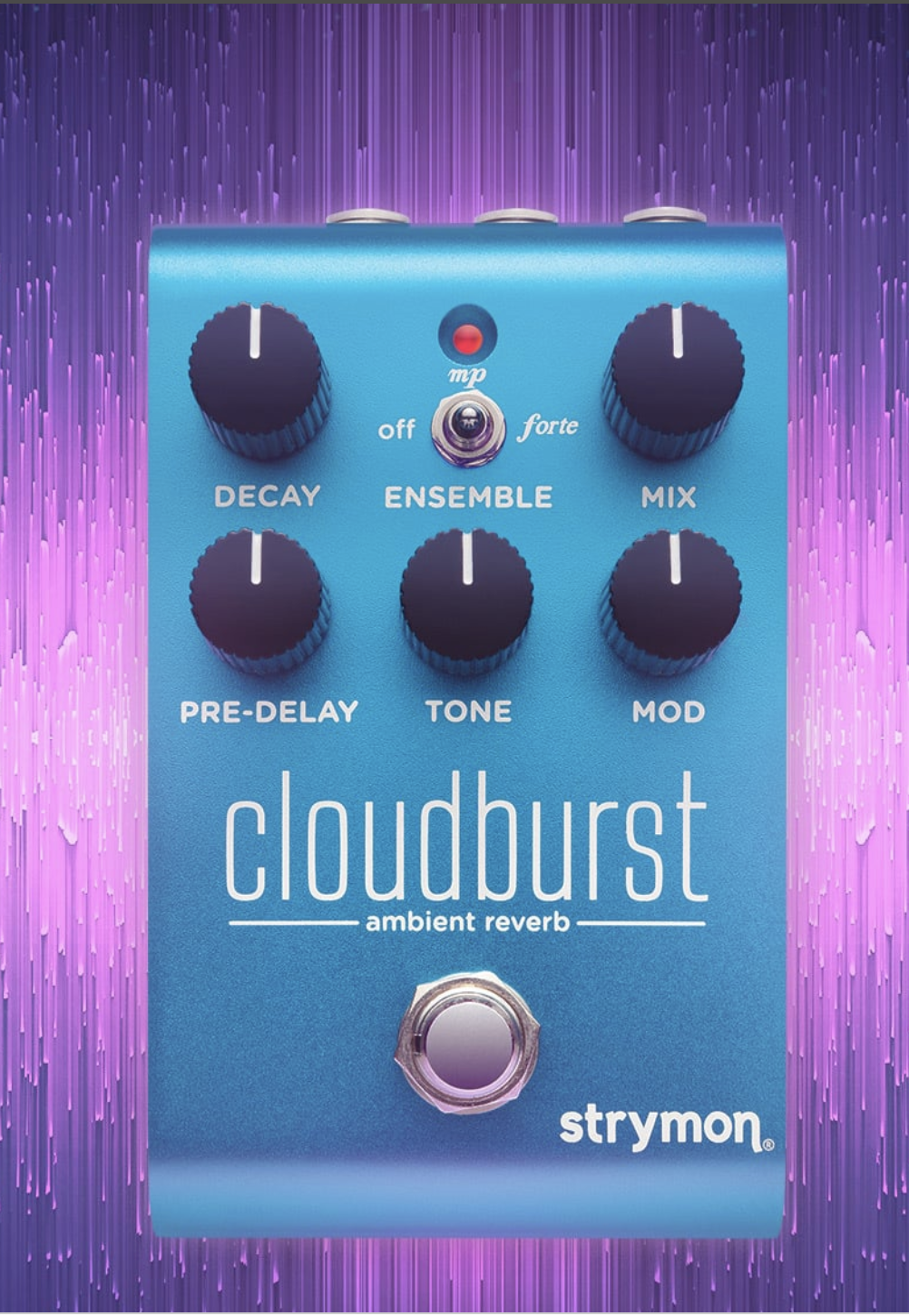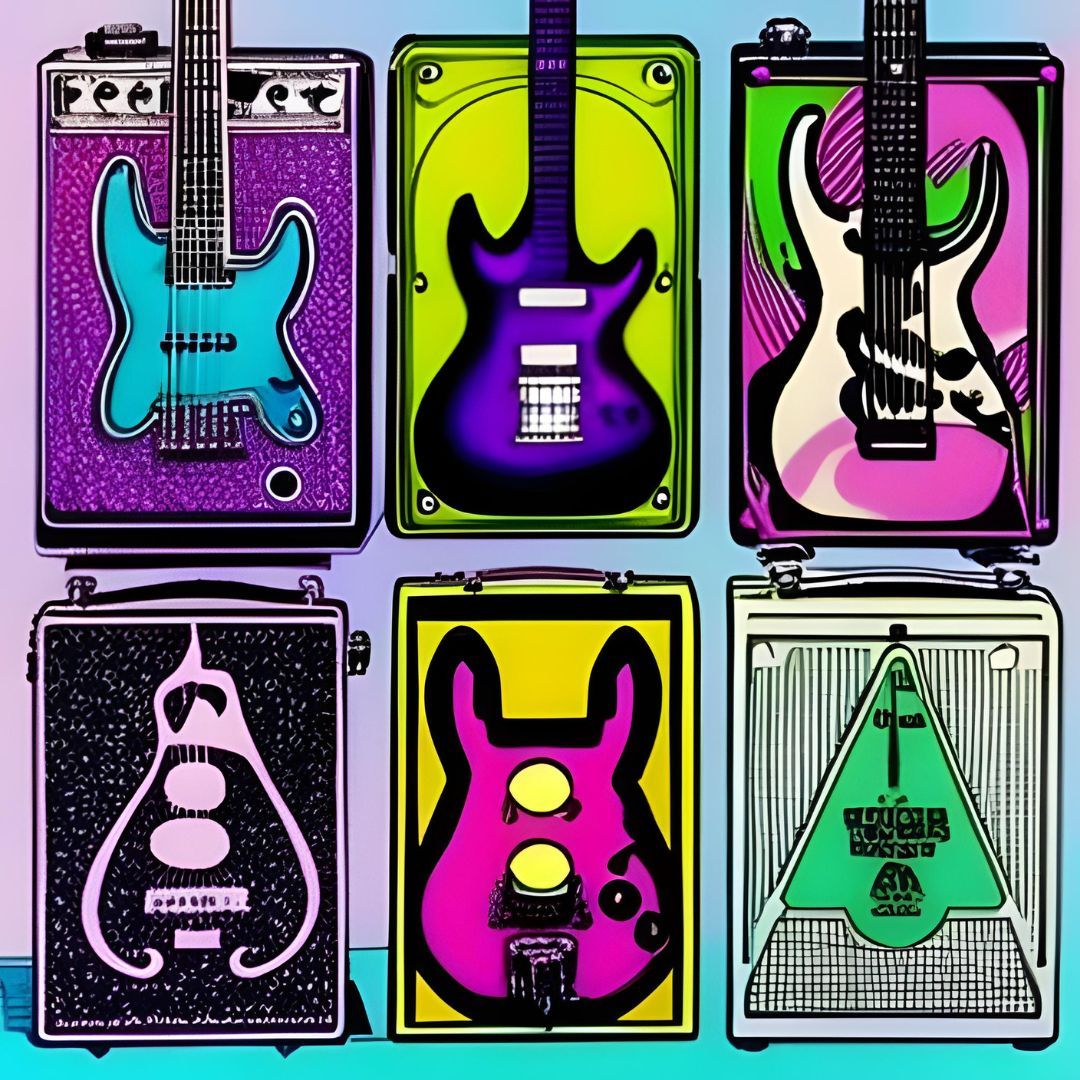From Synths to Drums: How to Use Pedals to Add Texture and Movement to Your Beats
Pedals are a versatile and creative tool that can be used to add a range of effects to your synths and drums, from subtle textures to bold and dramatic movements.

Electronic production and beatmaking offer endless possibilities for creativity, but sometimes it can be hard to know where to start when it comes to adding texture and movement to your beats.
One of the best tools for achieving this is the humble pedal.
Pedals are a versatile and creative tool that can be used to add a range of effects to your synths and drums, from subtle textures to bold and dramatic movements.
So how do you use pedals to add texture and movement to your beats?
Let's explore a few techniques and examples:
Synths: Delay and Reverb
One of the most common ways to add texture and movement to your synth tracks is through the use of delay and reverb pedals.
A delay pedal can be used to create a repeating echo effect, adding movement and depth to your sound.

Meanwhile, a reverb pedal can be used to create a sense of space and ambiance. Try experimenting with different combinations of delay and reverb to find the right balance for your production.
Drums: Modulation and Distortion Pedals
can also be used to add texture and movement to your drum tracks.
Modulation pedals, such as phaser or flanger, can create a sense of movement and interest to your beat.
On the other hand, distortion pedals can add grit and character to your drums, making them stand out in the mix.
Synths and Drums: Looping and Layering Pedals
Pedals can also be used for live looping and layering. A looper pedal can be used to create a live loop of a drum beat, which can then be manipulated and layered to create a complex and evolving rhythm.
Try layering synth sounds with different effects to create a unique sound palette.
When it comes to equipment, there are many pedals on the market to choose from. Some popular brands include Boss, Electro-Harmonix, and Strymon.
It's important to choose pedals that are compatible with your recording equipment, and to experiment with different combinations of pedals to find the right sound for your productions.
In terms of sound examples, the possibilities are endless. Here are a few examples of how pedals can be used to add texture and movement to your beats:
- A delay pedal can be used to create a rhythmic echo on a synth lead, adding movement and interest to the melody.
- A phaser pedal can be used to create a swirling movement on a drum beat, adding texture and depth to the rhythm.
- A distortion pedal can be used to add grit and character to a bassline, making it stand out in the mix.

There's no limit to what you can create with these versatile tools.
The possibilities are endless when it comes to adding texture, color, and movement to your beats.
So, don't hold back and let your creativity run wild. Mix and match different pedals and push the boundaries of what's possible.
Embrace the unexpected and take risks, because that's where the magic happens!

